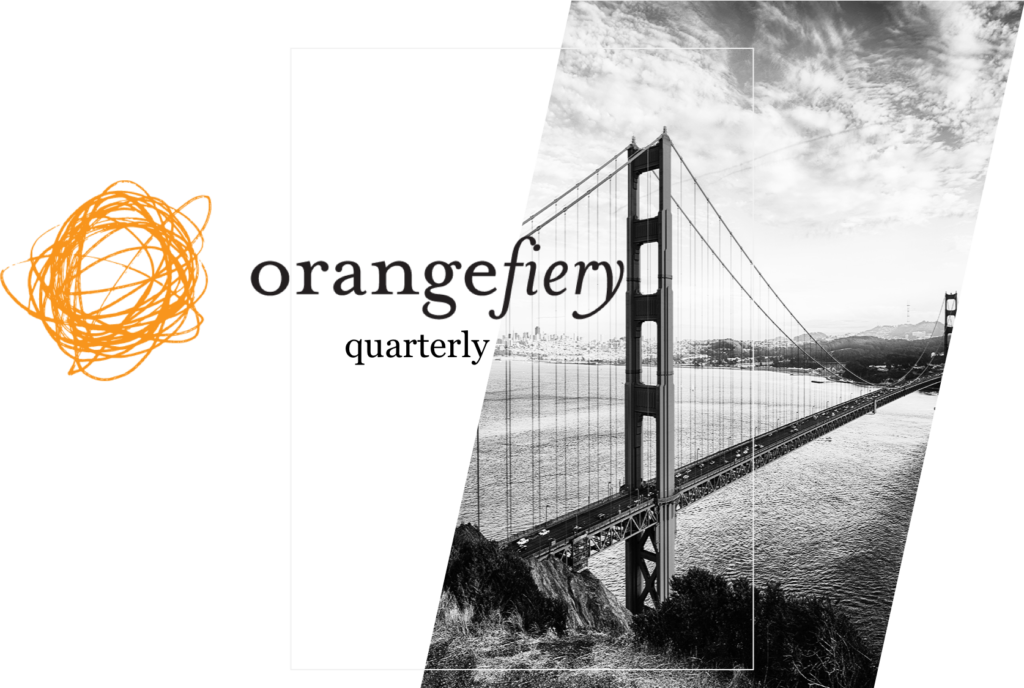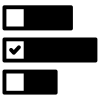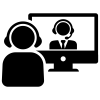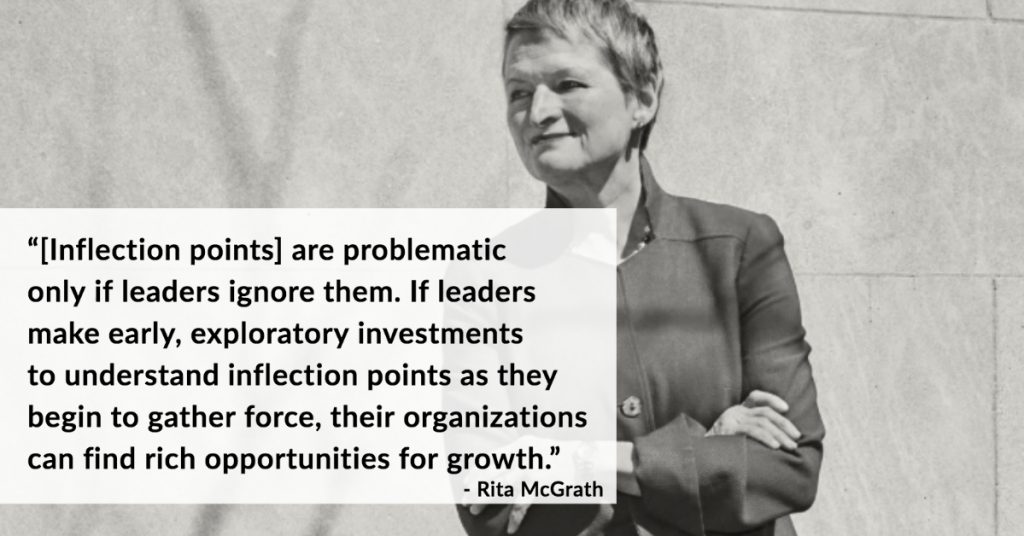
seeds of change amid the coronavirus disruption
When we sent our inaugural Orangefiery Quarterly in February 2020, we had no idea the world would change so dramatically in just two months.
As we finalize this Quarterly, more than 3 million people – a number that is surely understated by a significant amount due to limited testing – have been confirmed to have COVID-19. More than 200,000 have died. It has been a great human tragedy, overwhelming both individuals and health systems. The indiscriminate nature of the disease – the fact that while the vulnerable are disproportionately at risk, even the healthy are not safe – has shaken us to our belief systems.
Our lives have changed dramatically, in ways large and small. We have received a crash course in the dos and don’ts of public health measures to fight infectious disease spread, including hand washing, masks (first no, then yes) and sheltering in place. And we have joked about the little things… like the importance of muting Zoom participants upon entry and the inexorable question of whether Saturday Night Live is funny without the laughter of a studio audience to guide us.
Our economy has changed. The public health response to the pandemic has created what one economist called “A virus-driven ice age.” Some 26.5 million people have filed unemployment claims, many businesses have shuttered, consumer demand has dropped precipitously and certain sectors have a very long recovery ahead. This while health care workers and first responders around the world show us daily the meaning of the word “essential.”
Jarring as it all is, our collective spirit in the face of this disruption makes us hopeful. This pandemic and the related fallout have revealed the importance of certain qualities we have long deemed important: curiosity, alignment, resilience, adaptation, vulnerability, optimism. We have navigated the past seven weeks with these in the forefront of our minds, and we are approaching the next few months with these attributes in sharp focus.
Many have shifted into “how can we help” gear. We have been heartened by the generosity of humans around the world and buoyed by the support of friends and clients. We seek to join them in that spirit. As you’ll see below, we’ve developed new offerings and resources aimed specifically at helping leaders and brands navigate the disruption created by COVID-19. More will come.
We believe the seeds of opportunity are present even against the darkness of the current crisis. Not short-term business opportunities, but opportunities to embrace long-term, structural change. We’ve shown we can be productive working from home; can we use that to embrace flexibility and create a positive impact on climate change? We’ve realized how critical it is to embrace science; can we continue to attack this and other science-based issues with focus and speed? We have shown an ability to make sacrifices to protect people; how can we use that to address health disparities and deeply entrenched questions of equity? We have seen how strong, empathetic leadership can have a positive impact on organizations; can we embrace empathy over the long term?
It’s a tough time, but we will get through it. If we can help you, please let us know.

Mike Kuczkowski
Founder & CEO
new orangefiery offerings and resources to help leaders navigate COVID-19
Since the initial reports of COVID-19 cases in the US, we knew that the next couple of months would be trying for all of us, especially organizational leaders. Over the past month, we have developed a number of tools and offerings to help business leaders lead during the disruption caused by COVID-19, including:
- Research tools to assess communications effectiveness
- Structured planning process to help organizations manage re-opening
- Training for scientific and business leaders to maximize the impact of virtual presentations
Offerings

COVID-19 Communications Survey
If you are a business leader, you are probably communicating with your employees more often than usual. Our COVID-19 communications survey can help organizations assess the effectiveness of their communications, identify future needs and provide actionable information on how to make communications even more impactful.

Reemerging From COVID-19COVID-19 is one of the biggest disruptions to business and society we have ever seen. The pandemic is expected to have a long-term and lasting effect on how people interact with each other and the brands they depend on. Thinking ahead about this inflection point can help organizations endure through this disruption and potentially exceed expectations over the medium and long term. In 5 weeks, we can help a company go from “how do we do this?” to “we’re ready to do this” by analyzing the issues, gathering perspectives from across the organization, workshopping future scenarios and aligning on next steps and anticipated outcomes.

Virtual Presentation Training
There are already many things to worry about on a video call. Will your internet cut out and freeze you in a strange pose? Will your dog crash your presentation? The last thing you need to worry about is your presentation itself. We are providing virtual presentation training to make sure your presentation makes a big impact, no matter where you are.
resources
We wanted to provide leaders with tools and information so they can feel confident in their COVID-19 communications. We encourage you to take a look at the below research report and accompanying resources for leaders (if you haven’t already):
- Navigating COVID-19: A Briefing for Leaders includes a summary of COVID-19 data with key graphics and charts, communications considerations for your audience(s), recommended leadership practices and behaviors, and a lexicon of key terms and use cases.
- The COVID-19 Lexicon contains a list of key terms related to COVID-19, including self-quarantine, isolation, lockdown, and others.
- The COVID-19 Leadership Behaviors and Practices Tip Sheet outlines what leaders should remember to do and how leaders should remember to act when communicating during a challenging time.
- Leadership Communications During COVID-19 is the full research report from the survey we conducted from March 25-29 of 450+ employed US adults. We found that while leaders have risen to the challenge of communicating with employees during the pandemic by delivering on-topic communications, there are significant gaps between leader and employee perceptions of the content and effectiveness of COVID-19 communications.
We’ve been lucky enough to share our “Leadership Communications During COVID-19” research findings with a number of organizations via webinar. If your organization or a group you’re associated with is interested, please reach out to a member of our team or email [email protected].
blog features
Although many leaders are currently experiencing disruption to their organizations due to COVID-19, the truth is that the rate of disruption in business has been increasing for some time. Using Disney as a case study, Mike Kuczkowski outlines how leaders can prepare for the seismic shifts in business that we refer to as inflection points.
Read the blog here.


The public is more and more looking for business leaders to provide insights on the inner workings of their businesses – in good times and in bad – and to take a stand on issues that align with corporate values. Diana Dopfel looks into the “vulnerability” trend in leadership communications and discusses when and how it might be applied to organizational communications especially during the novel coronavirus outbreak.
Read the blog here.
In February, Olympic swimmer Michael Phelps was named the 2020 Communicator of the Year by PRWeek for his work with TalkSpace, an app that provides online and mobile therapy. Katie Halper-Bogusky details what ultimately led Phelps to share critical moments from his mental health journey to end the stigma around mental health, while also sharing some of her own journey.
Read the blog here.

stories and sounds
If you’re looking for something new to read or listen to, here are some things we’ve come across recently that we thought you might like.

How I Built This
NPR Podcast
I’ve really enjoyed NPR’s How I Built This Podcast, which tells the stories of the innovators and entrepreneurs behind many well-known brands. I love hearing everyone’s unique story and learning about their journeys down the often-rough road to success. Hearing how businesses faced their challenges is even more poignant during the era of COVID-19, where many businesses have no choice but to think outside the box in order to survive.
– Diana
BAX 2018: Best American Experimental Writing
Seth Abramson
What is life without some confusion? I’ve been reading BAX 2018: Best American Experimental Writing (fourth edition) by Seth Abramson. Each book is a compilation of experimental writing styles, from slam poetry, to metafiction, non-fiction, and works that fall outside of all known genres. It’s been a difficult read, to say the least. It is so far away from the type of writing we do as communications professionals. But by reading this, I’ve learned that, when done right, it is possible to articulate ideas and concepts in out of the box ways without losing the core meaning.
– Katie


Tradeoffs
NPR Podcast
Back in the early 2000s, I worked on a project for a pharmaceutical company client involving something called value-based insurance design (V-BID). The concept was that for certain diseases, where staying on therapy yielded clear benefits, insurance companies should design benefits to minimize patients’ cost-sharing burden and instead incentivize staying on therapies. The concept is important, but hard to explain and the results highlight the complexity of designing health policy to create positive outcomes. It’s the last thing I expected to find on a podcast. But sure enough, there’s a whole episode on it, exceptionally well-reported, on Tradeoffs, a new podcast from NPR. If you’re curious about health policy and the perverse incentives it creates, it’s a great listen.
– Mike
some inspo before you go



